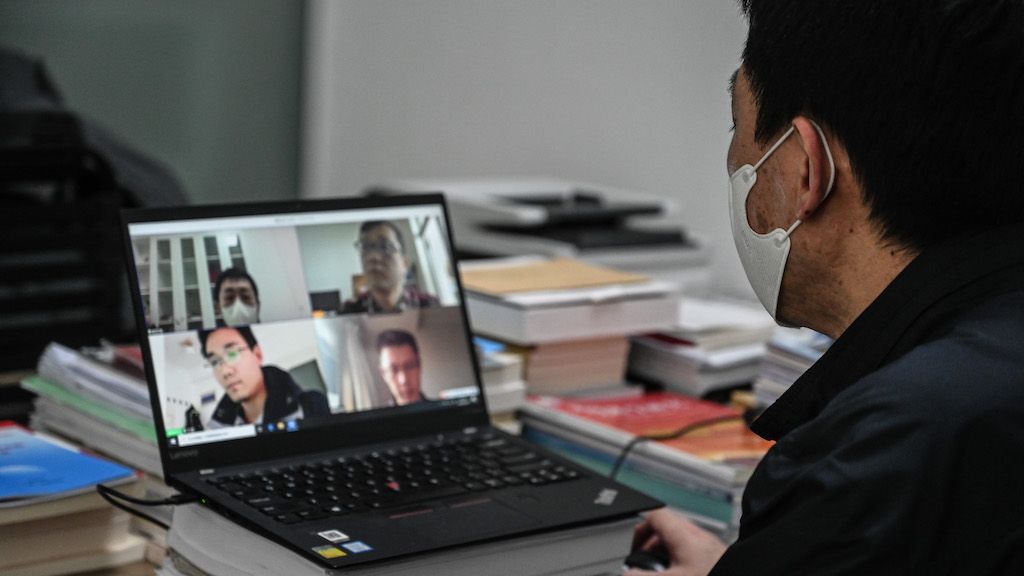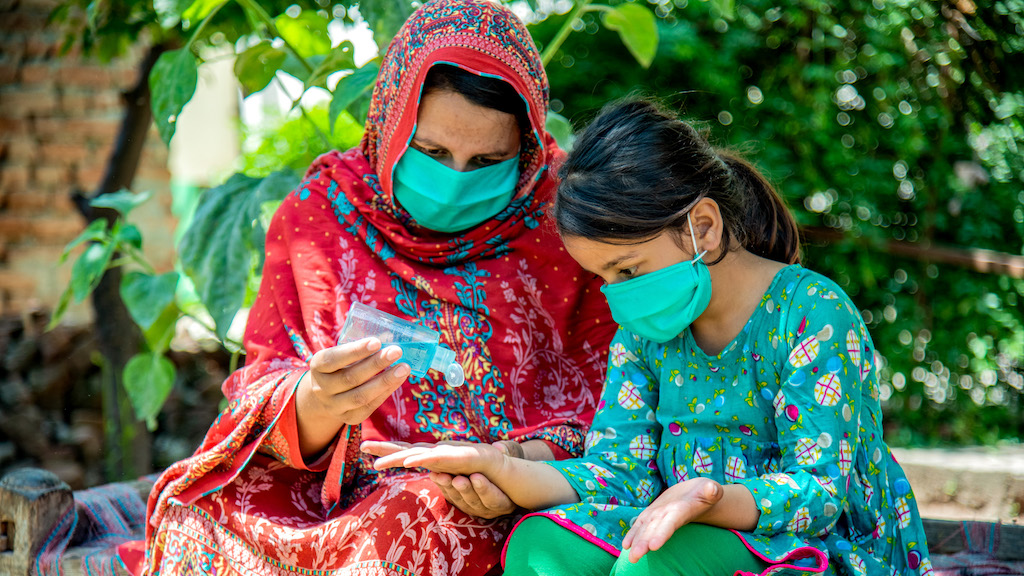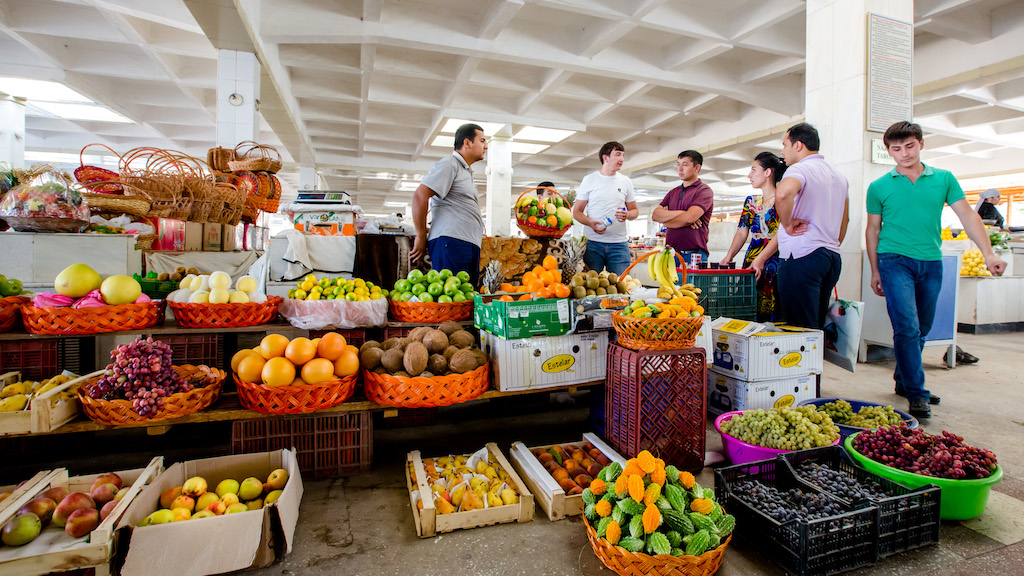Others
Digitalization in these Six Sectors can Boost Regional Cooperation in Central Asia
24 Jun 2022
The COVID-19 pandemic has demonstrated that digitalization can drastically improve services and expand opportunities, including for women and young people.
Integrating digital technologies can widen access to healthcare and education, and create better livelihood opportunities in agriculture, finance, trade, and tourism.
The CAREC Digital Strategy 2030 lays out a systematic approach to scale digital technology in the region to drive shared economic growth and sustainable development.
As the world grapples with an evolving ‘new normal’, digital technology remains pivotal. The COVID-19 pandemic has demonstrated that digitalization can drastically improve services and expand opportunities. Integrating digital technologies in trade, finance, and agriculture, for example, can create new jobs, including for women and young people. Recognizing this, the Central Asia Regional Economic Cooperation (CAREC) Program prepared a strategy to promote digitalization in its member countries.
What is CAREC?
The CAREC Program is a partnership for countries in Central Asia and beyond to promote sustainable development through regional cooperation. Last year, ministers from CAREC’s member countries endorsed the CAREC Digital Strategy 2030 that identifies areas where they can collaborate to enhance digitalization across the region.
The CAREC Digital Strategy 2030 lays out a systematic approach to scale digital technology in the region to drive economic growth and human development. It provides a framework to build the necessary foundations that will enable digital solutions across the region. One of the initiatives under the Digital Strategy includes the #CARECStartupChallenge aimed to further encourage the integration of digital technology and ICT in member countries. A CAREC Start-up Ecosystem Development Hub is also planned to be a virtual platform for creative and innovative proposals in combating the negative impacts of COVID-19.
Here are six areas in which regional cooperation can help advance digitalization and improve the lives of citizens of CAREC countries:

1. Healthcare
When the COVID-19 pandemic made in-person meetings challenging, patients were able to consult their doctors through telemedicine. This allowed them to access medical services while avoiding potential exposure to the coronavirus. But the benefits of this go beyond the pandemic – telemedicine also enables people to access medical advice without having to travel long distances. Citizens in some CAREC member countries can access health services in other countries with more developed health systems.
Communicable diseases can also be monitored with greater precision through digital technology. Early-warning systems can alert member countries to new variants of COVID-19 and other viral threats, and digitalization will allow governments to trace the movements of disease and share critical health data more efficiently. Effective health data management through vaccination e-certificates and a unified registry of vaccinated individuals, for example, can help the region recover more quickly from pandemics.
2. Learning and education
The COVID-19 pandemic initiated a huge shift to online learning. This has encouraged entrepreneurs to develop internet-based learning tools and has led to a boom in the edu-tech industry. Readership of e-books and journals available in digital libraries has also increased. These new tools allow for a more equitable form of education, as students who live in far-flung areas or who may not have the financial means to purchase physical education material can access them if internet connectivity is provided.
Learning and upskilling solutions are useful for people across age brackets. Working professionals can utilize online vocational training to increase their employability and introduce new skills into the labor market. The CAREC Digital Strategy proposes a CAREC Employment Service Platform that will create a unified regional labor market to share recruitment opportunities and career guidance. To share best practices, the People’s Republic of China (PRC) has offered digital competence training, and Azerbaijan has proposed training for digital leaders and change managers in other CAREC countries.

3. Agriculture
Most people in the CAREC region depend on agriculture for their livelihoods. Digital solutions that increase farm yields by introducing efficient production management will benefit large populations. Digital platforms can improve value chains and agricultural trade. This will address food security and increase incomes in rural areas. Agriculture can be made more resilient to climate change and other risks when farmers can share best practices among networks of other farmers via web-based knowledge-sharing platforms.
For example, Pakistan, in October 2021 launched a pilot program “Digital Dera,” which enables farmers to remotely access free information and guidance from agricultural experts, on a range of issues relevant their livelihood, in their local language. Through Digital Dera, farmers can be empowered with information about the latest research in the agricultural sector, from crop improvement techniques to practices for adapting to climate change. Such initiatives can be shared across CAREC countries to expand knowledge and experience in digital solutions for the agriculture sector.
4. Finance
Small and medium enterprises (SMEs) perennially face high capital costs as a barrier to expansion. With the help of digital solutions, enterprises within the CAREC region can access a variety of financial services. These include online lending platforms where more favorable terms may be available to e-payment providers. Digital platforms provide vulnerable groups, including women, young people, and the elderly, avenues to expand their economic opportunities.
In this regard, Georgia has offered to share its experience on SMEs solutions for e-commerce. Georgia’s Innovation and Technology Agency (GITA) has also proposed to help build a regional innovation and start-up ecosystem, and host training and networking for start-ups from across the region. Kazakhstan and the Kyrgyz Republic have also proposed to host a regional hub for CAREC start-ups, while joint incubation, acceleration, and training for start-ups were proposed by information technology (IT) Park, Uzbekistan. To drive growth in this area, CAREC countries can consider establishing a virtual tax-free regional IT zone for start-ups, SMEs, and information and communication technology (ICT) companies across the region.
5. Trade
Digitalization provides interconnected solutions for warehousing, transport, and delivery of goods based on regional and global supply chains. CAREC member countries can embrace cross-border e-logistics platforms to share paperless information and improve efficiency at checkpoints and borders by adopting automated payment systems for cargo movements. These platforms offer interconnected logistics solutions, which can improve trading networks. In this regard, Kazakhstan’s Zerde National Infocommunication Holding has offered to share its experience in mobile e-government services, intelligent transport, and its e-freight initiative.

6. Tourism
Tourism has been one of the most adversely affected sectors due to the pandemic. Digital tools can help to increase convenience for travelling tourists. By building linkages between stakeholders in the tourism ecosystem, digital platforms can be used to raise awareness of tourism destinations, and strengthen marketing and promotion using virtual reality technologies, for example. Future initiatives—such as a single CAREC e-visa and the use of national identification cards as travel documents for CAREC citizens—can also be planned, as can other portals to promote the region’s cultural heritage and food traditions. Digitalization can promote CAREC’s wealth of cultural resources around the world while enabling tourists to cross borders more quickly and easily.
This article is reproduced from Asian Development Bank.


